×
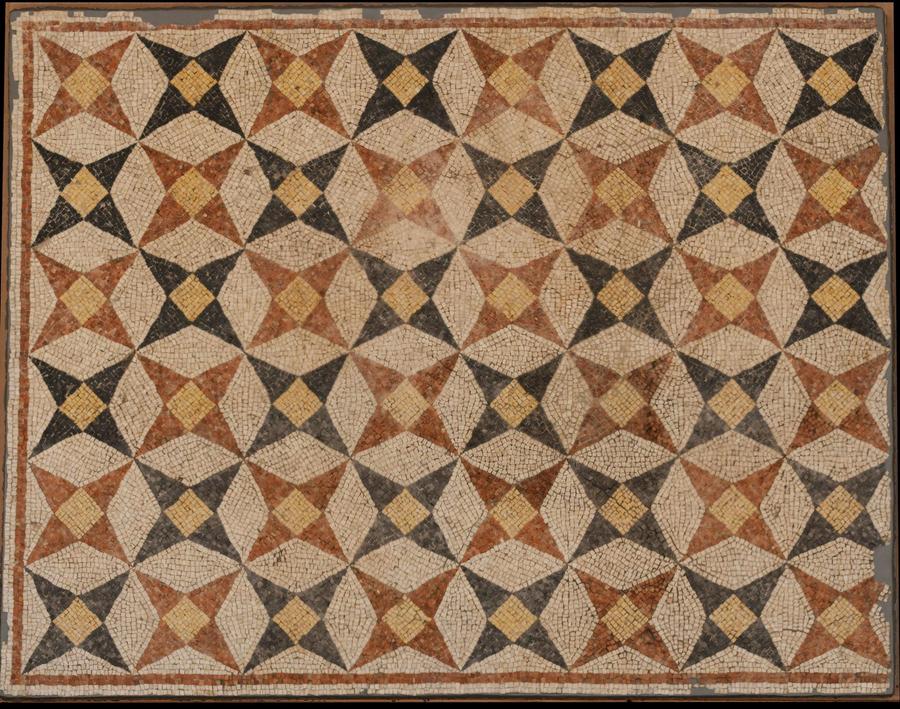
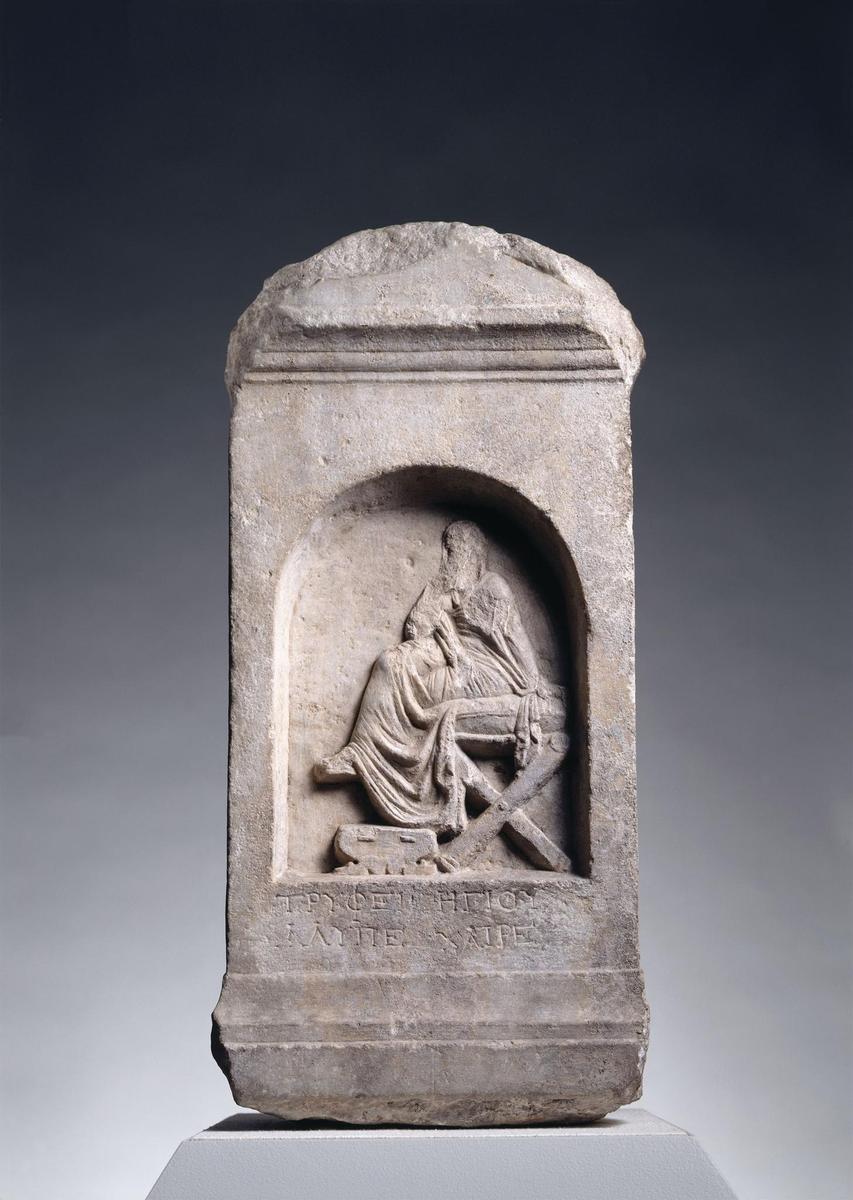
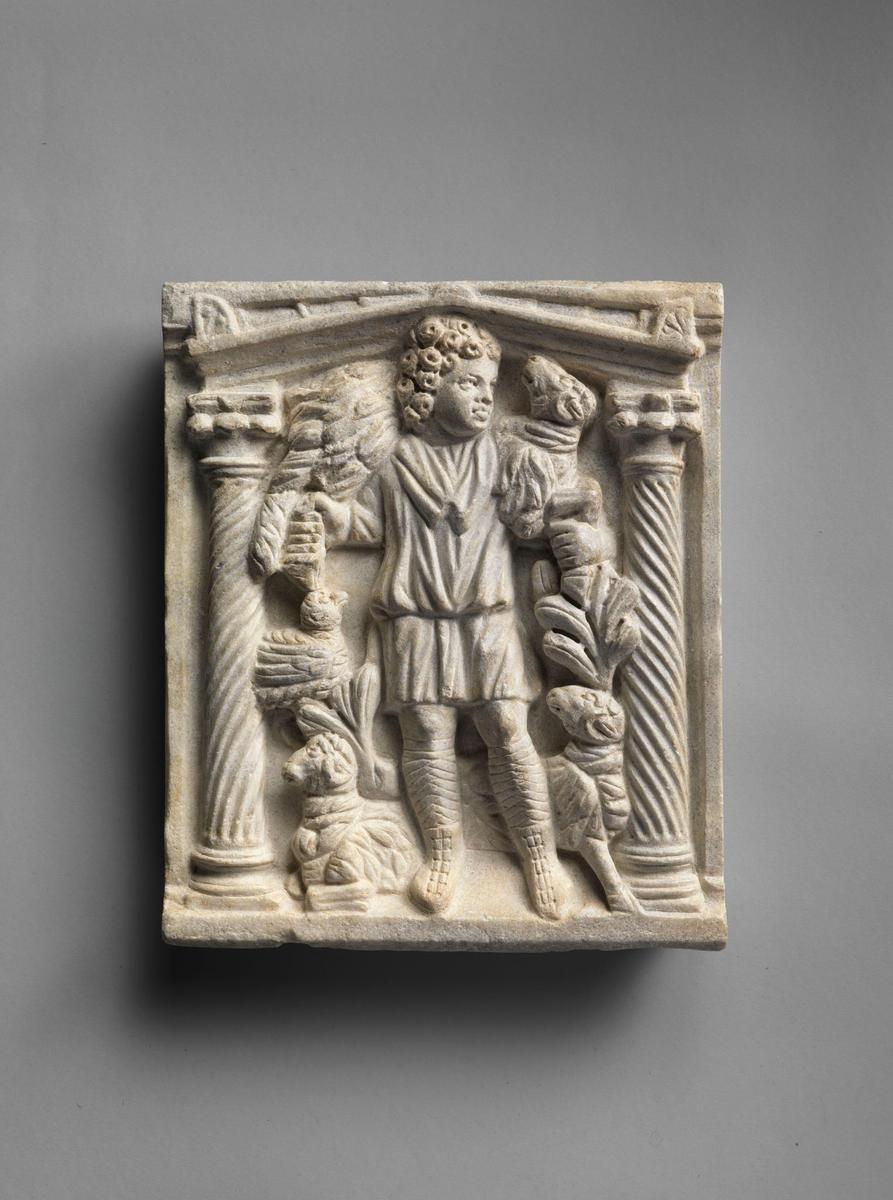
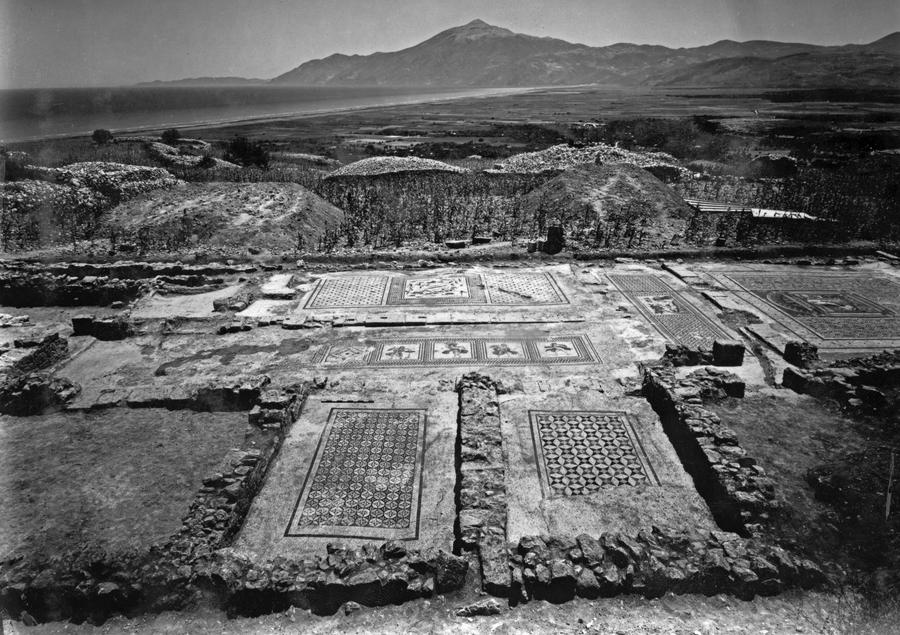
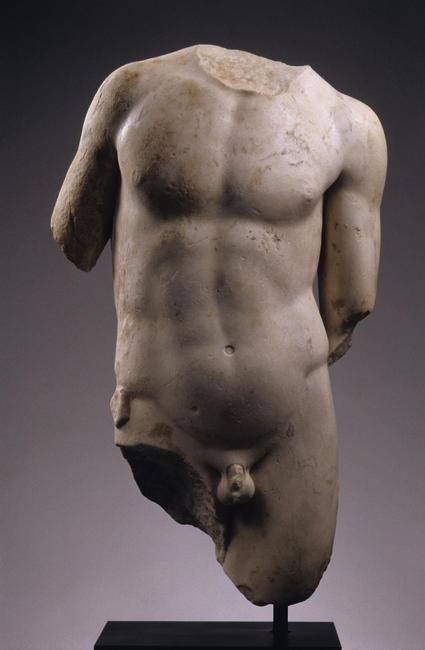
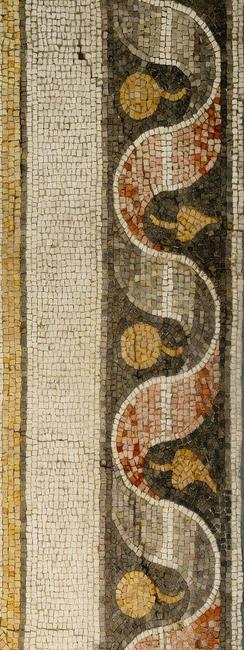
A new exhibition at the Museum of Fine Arts, St. Petersburg(Florida) is presenting the famed 1930s excavation of the ancient city of Antioch through rare documents, artifacts, and the exquisite mosaics that were discovered during the archaeological dig.
Antioch Reclaimed: Ancient Mosaics at the MFA (April 10–August 22, 2021) features five geometric mosaic pavements, which date from the 2nd to the 5th centuries AD, from the MFA Collection. The MFA acquired the mosaics from Princeton University in 1964, one year prior to the museum opening to the public. After three of the mosaics were recovered from under the east lawn of the museum in 2018, all five ancient mosaics underwent an extensive conservation and preservation process to restore their original luster. An outdoor conservation lab at the museum allowed the community to observe the process. MFA, St. Petersburg is the only arts institution in Florida with mosaics from ancient Antioch in its collection.
The MFA. St. Petersburg’s mosaics are among the hundreds unearthed from 1933–1939 in what was the site of Antioch, a Greco-Roman city in ancient Syria founded in 300 BC that is now modern Antakya, a provincial capital of southern Turkey. Princeton led the Committee for the Excavation of Antioch, a group of art and academic institutions from the United States and France that excavated the area under an agreement with the Syrian government.
The dig resulted in the discovery of the city center of Antioch and its wealthy suburbs, where all the mosaics were discovered covering the floors of the elegant private villas.
To retell the excavation story, Princeton University Art Museum is lending major works from its collection. In addition, the Princeton Archives is lending archival documents from the legendary dig to the MFA exhibition. These include vintage photographs, letters, telegrams, journals and find cards, guest books, drawings, as well as newly-discovered film footage that shows the excavation in progress, and actual lifting of the mosaics from their original locations.
Antioch Reclaimed is curated by MFA Senior Curator of Early Western Art Michael Bennett, Ph.D. and Andrea De Giorgi, Ph.D., associate professor of Classics at Florida State University, and one of the leading scholars of ancient Antioch in America.
“This exhibition is unique for us, and for any art museum for that matter,” said Dr. Bennett. “It’s a hybrid exhibition that seams together history and art to present the riveting story of Antioch and its fascinating excavation. When you step into the galleries, you will see the beauty of the incredible art and images, and learn about the significance of the artifacts, but
you’ll also experience and feel what it was like during that ancient time, and in that historical moment of archeological discovery.”
The exhibition is the second phase of a three-phase project for the five MFA mosaics. The last phase will be to permanently install all the mosaics in the MFA’s Membership Garden. The mosaics are an integral part of the MFA’s 56-year-old history. When MFA Founder Margaret Acheson Stuart and Rexford Stead, the museum’s first director, decided to purchase the mosaics from Princeton it signaled the downtown waterfront museum would be encyclopedic in scope, telling the history of art with a collection that spans across time and global cultures. The mosaics were the first shipment of art to arrive in the MFA’s loading
dock.
MFA Executive Director and CEO Kristen A. Shepherd said restoring the mosaics has been an exciting opportunity for the community to understand ancient culture and the profound importance of conserving and displaying antiquities. “We are thrilled to be able to share a piece of history from such a pivotal time in the ancient world with our community and visitors,” said Shepherd, whose longtime affection for the mosaics began during her visits to the MFA as a teenager. “There has been such a deep and genuine interest from the public for our mosaics, and now we can all truly embrace them and their exciting journey with this one-of-a-kind exhibition.”
No comments:
Post a Comment